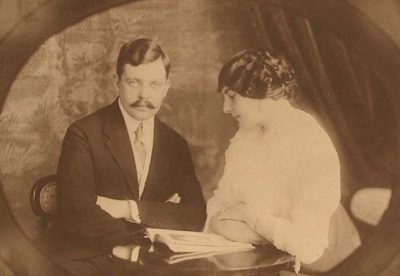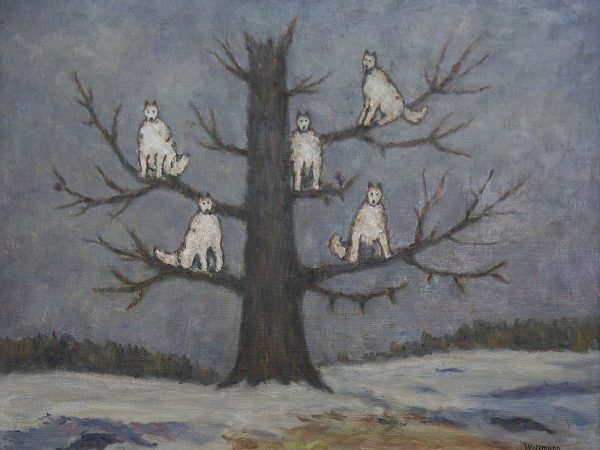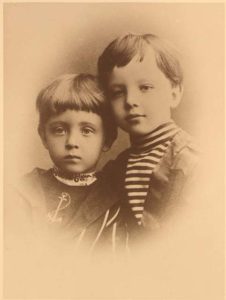Who was the Wolf Man?

Sergei Pankejeff (the ‘Wolf Man’) and his wife, c. 1910. Image credit: Wikimedia Commons
Sergei Pankejeff (1886-1979), or the ‘Wolf Man’, as he came to be known, was one of Freud’s most famous patients.
A Russian of noble birth, Pankejeff was 23 years old when he began his treatment with Freud in February 1910.
He was in a state of complete mental collapse. A nervous breakdown some years earlier, followed by the suicides of his father and sister, had left him severely depressed.
He was unable to travel alone, or even to dress himself, and felt as though he was cut off from the world by a veil.
Freud published an account of his work with Pankejeff. It only gives a partial account of the work, mostly focusing on Pankejeff’s childhood.
Freud’s aim was to show that adult suffering is rooted in childhood conflicts, and that a key factor in this is sexuality.
A curious childhood
As Pankejeff described his early years to Freud, the story of a curious and troubled childhood began to emerge.
His family were aristocrats. They lived on a large country estate, and peasants worked the land – a fairly typical situation in pre-revolution Russia.
His father suffered from depression and alcoholism, and his mother from abdominal problems. He had a difficult relationship with his sister, who was two years older than him. He was looked after by his nanny, who he was very fond of.
Initially a quiet, good-natured boy, from the age of three his character underwent a series of dramatic transformations:
- First he became irritable and prone to tantrums
- Next came a period of severe anxiety and phobias
- Finally, this transformed into several years of obsessive religious piety
| Age: | Behaviour: |
| 0 – 3½: | Quiet and good-tempered: so much so that his parents used to say that he should have been born the girl and his sister the boy. |
| 3½ – 4: | Naughty phase: irritable, constantly throwing tantrums and getting into trouble. |
| 4th birthday: | Dream of the wolves in the tree |
| 4 – 4½: | Constantly anxious: afraid of various animals, especially of being eaten by a wolf. |
| 4½ – 8: | Obsessive religious piety: he would perform elaborate prayer rituals, and struggled against blasphemous thoughts. |
A vital clue
For Freud, a vital clue to these changes lay in the dream, which brought with it the first appearance of his anxieties.
Pankejeff sketched the dream for Freud during his analysis, and in later years painted other images of the scene.
But if the interpretation of this dream unlocked the secrets of Pankejeff’s extraordinary childhood, it also led Freud to reassert his views on the role of sexuality in mental life…
Discover more:

Previous chapter
The Wolf Man’s Dream
Analyse one of the most famous dreams in the history of psychoanalysis.

Next chapter
The Analysis Begins
As Freud's analysis of Pankejeff progressed, a curious story began to unfold.
